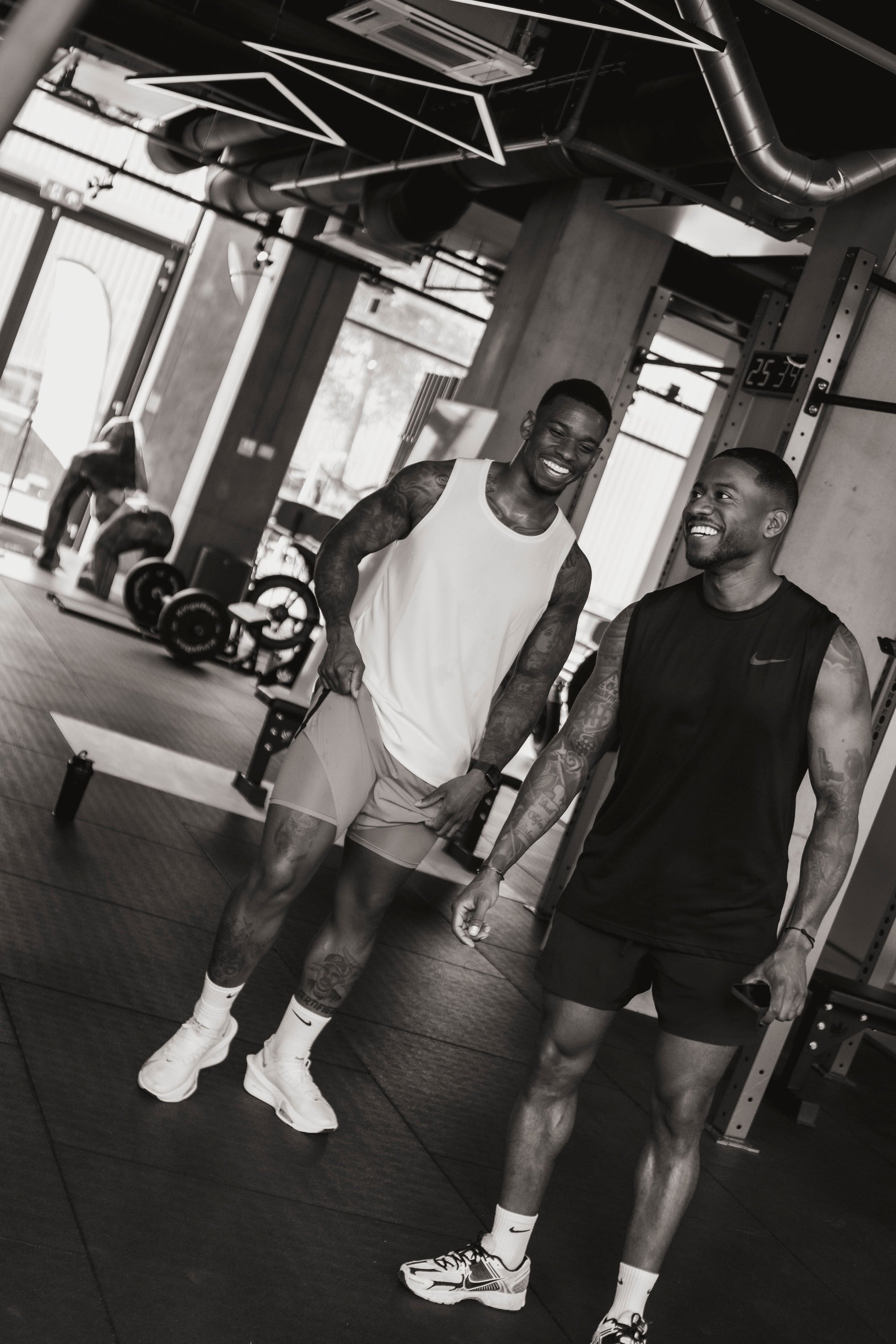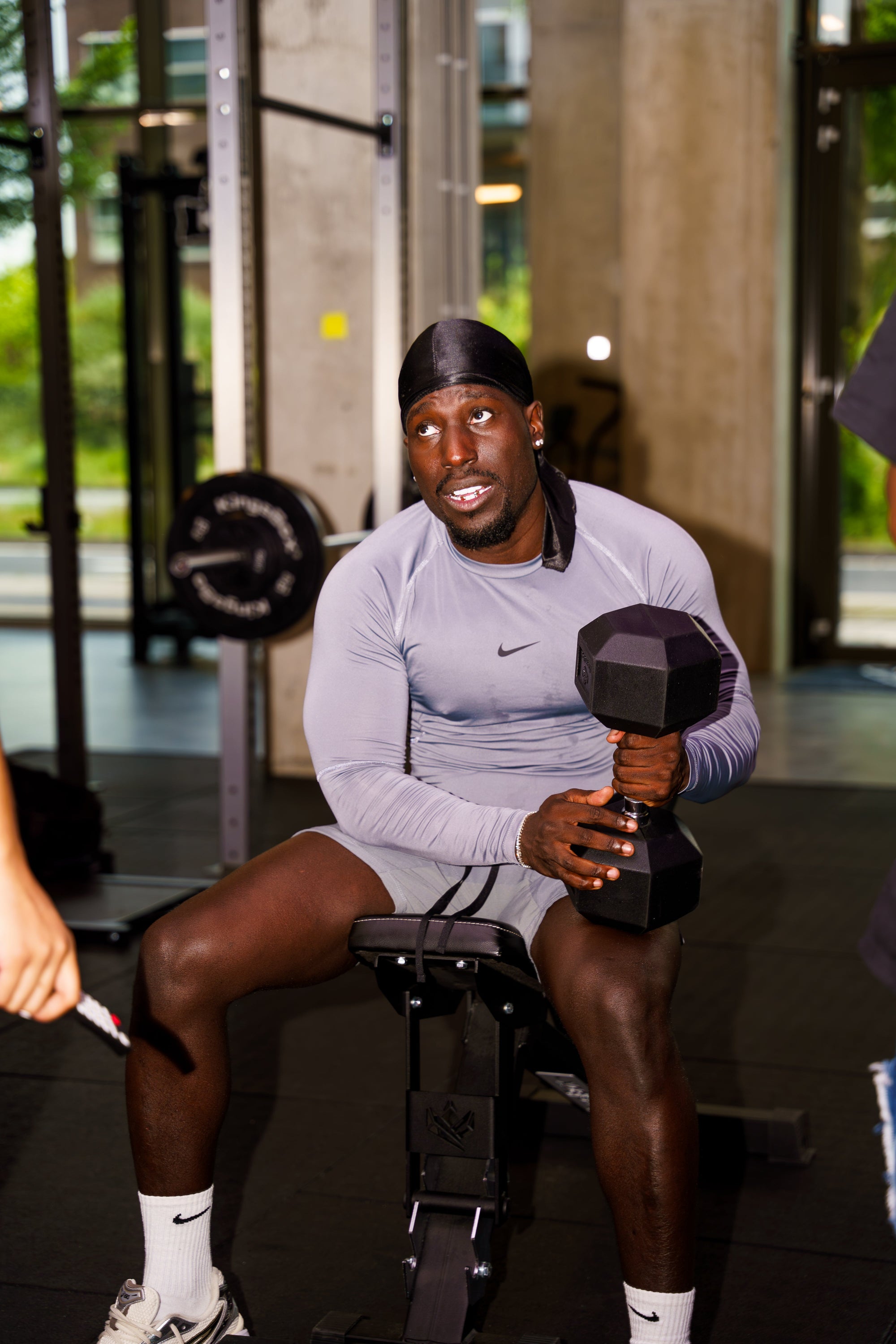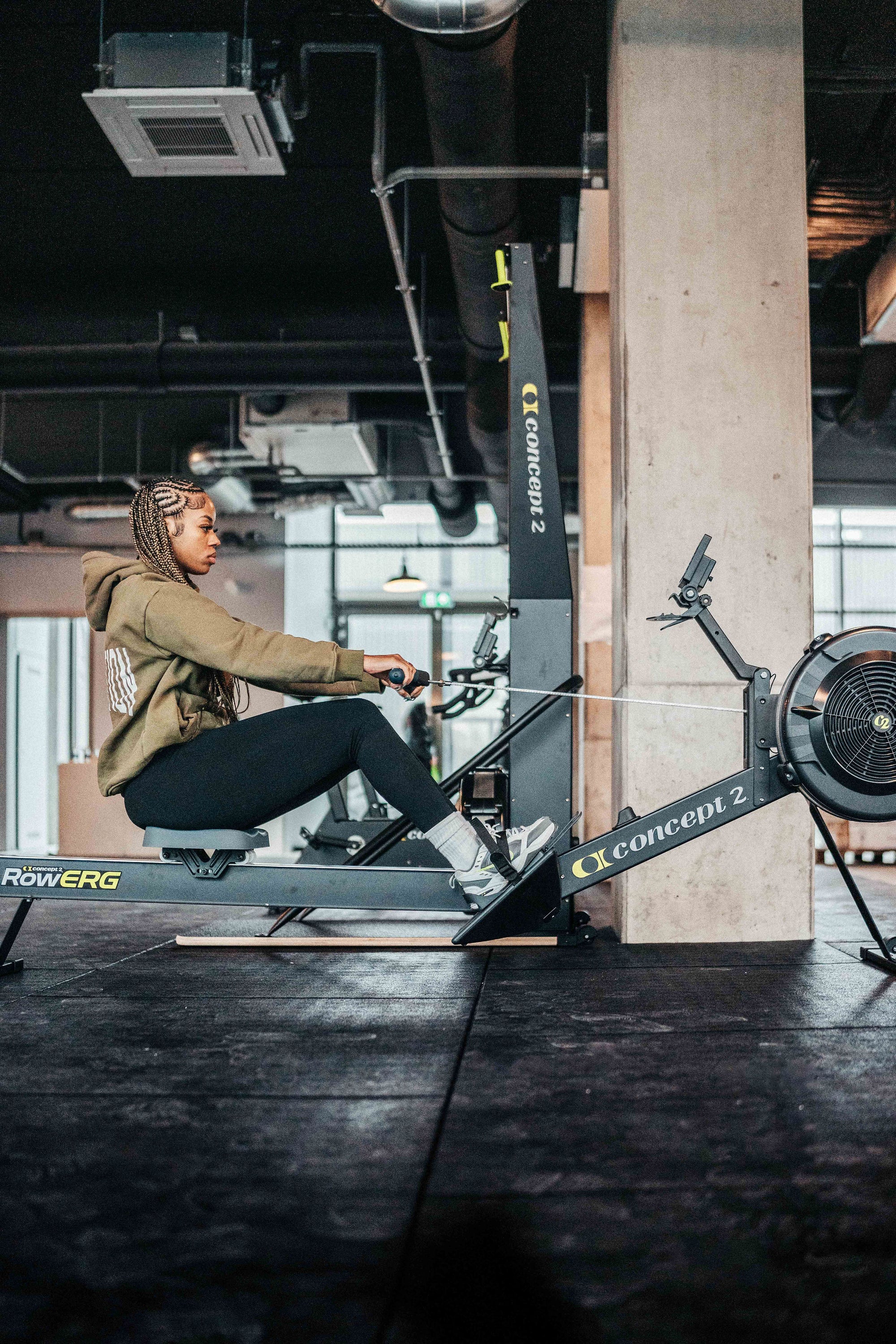Analyzing the Best Hyrox Performances of the Year: What Set Them Apart
Champion, every year brings new records, breakthroughs, and moments of pure determination in the world of Hyrox. At BallinFit, we’ve witnessed performances that leave us in awe and provide invaluable insights for all athletes aiming for greatness. Today, we’re diving deep into the standout performances of the year and uncovering the strategies, techniques, and mental approaches that set these champions apart. With actionable lessons, tangible examples, and insights from our head coach, Zwayder, this guide is your roadmap to elevating your own performance.
1. The Hallmarks of a Champion: What Makes a Great Performance?
When we talk about the best Hyrox performances, several common threads emerge. These include:
- Explosive Starts: Athletes who launch off the starting line with precision gain a critical psychological and time advantage.
- Consistent Pacing: Maintaining a steady pace through each segment is key to sustaining performance.
- Efficient Transitions: Quick and seamless transitions between stations can shave precious seconds off overall time.
- Optimal Recovery: Strategic active recovery during the race ensures competitors can power through the final push.
- Mental Resilience: A calm and focused mindset under pressure is as crucial as physical strength.
2. In-Depth Analysis of Standout Performances
A. The Explosive Starter
One of this year’s most memorable performances came from Lisa, an athlete known for her lightning-fast starts. In her race, Lisa managed to complete the initial 500 meters—including her first wall ball station and sprint segment—in record time.
Key Observations:
- Technique: Lisa’s form was near flawless. Video analysis revealed that her squats were deep, and her wall ball throws were controlled and powerful.
- Metrics: Her sprint split times averaged 12.3 seconds per 100 meters, compared to the field average of 13.5 seconds.
- Coach Zwayder’s Take:"Lisa’s ability to explode off the starting line set the tone for her entire race. Her focus on technique and explosive power in training made all the difference."
Actionable Insight:
Incorporate specific sprint drills and wall ball technique sessions into your training. Record your practice sessions to identify areas for improvement and work on achieving consistent, explosive starts.
B. The Consistent Performer
Tom emerged as another standout, known for his impeccable pacing and stamina. Throughout the race, Tom maintained a consistent speed, never allowing fatigue to disrupt his rhythm. His performance in the middle segments—particularly during the wall ball and sled push stations—was smooth and efficient.
Key Observations:
- Pacing Strategy: Tom’s split times showed a minimal drop in speed, with only a 0.2-second increase per 100 meters in the latter half of the race.
- Recovery: His active recovery during transitions was exemplary; he used light jogging and dynamic stretching, which kept his heart rate stable.
- Coach Zwayder’s Take:"Tom’s consistent performance is a testament to smart pacing and disciplined training. He’s mastered the art of maintaining energy levels throughout the race, a crucial factor for any Hyrox competitor."
Actionable Insight:
Develop a segmented race plan that includes specific time targets for each section of the event. Use heart rate monitors during training to ensure you’re working within your optimal zone and practice active recovery techniques between high-intensity segments.
C. The Adaptable Underdog
Not every champion starts as a favorite. Alex, relatively new to the Hyrox scene, surprised everyone with his adaptability. Despite facing early challenges with transitions and technique, Alex continuously refined his strategy during the race and finished with a personal best.
Key Observations:
- Adaptability: Alex adjusted his technique mid-race, especially during transitions between stations. His willingness to modify his pace and form on the fly was a game-changer.
- Metrics: His overall race time improved by 12% compared to his previous personal best, with significant improvements noted in transition times (shaving off an average of 8 seconds per transition).
- Coach Zwayder’s Take:"Alex’s journey is a clear example that adaptability can overcome initial setbacks. His ability to learn and adjust during the race is what will propel him to higher levels of competition."
Actionable Insight:
Regularly simulate race conditions during training, and practice transitioning between different types of exercises. Incorporate real-time feedback sessions where you review your performance data and adjust your strategy as needed.
3. Tactical Approaches: Strategies Behind the Success
Beyond individual performances, the best athletes share common tactical approaches that contribute to their success. Here are some detailed strategies:
A. Mastering the Start
A strong start creates momentum that carries through the entire race.
- Drill: Practice explosive "crouch starts" on a track. Record your times and work on refining your form until you can consistently beat your personal best.
- Technique: Focus on generating power from your legs and maintaining a streamlined posture.
- Example: Lisa’s start drills focused on rapid acceleration, which allowed her to establish an early lead.
B. Optimizing Pacing and Transitions
Consistency is critical. Breaking the race into segments helps in managing energy efficiently.
- Strategy: Set specific time targets for each race segment. Use wearable tech to monitor your pace and heart rate.
- Transition Drills: Regularly practice moving quickly between stations. Emphasize active recovery—light jogging or dynamic stretches—during these intervals.
- Example: Tom’s structured pacing plan and transition practice resulted in a nearly uniform performance across all race segments.
C. Enhancing Recovery During the Race
Effective recovery during the race can be the difference between finishing strong and burning out.
- Active Recovery: Integrate brief, controlled recovery phases between intense segments. Practice deep breathing and light stretching during these moments.
- Nutrition: For longer events, small energy gels or hydration breaks can sustain your energy levels.
- Example: Alex’s adjustment during transitions, where he used active recovery techniques, helped him maintain performance even as fatigue set in.
D. Building Mental Resilience
A clear and focused mind is as crucial as physical conditioning.
- Visualization: Regularly visualize your race, focusing on smooth transitions and overcoming obstacles.
- Positive Self-Talk: Develop a mantra to keep your confidence high. Use it during pre-race warm-ups and when facing challenging segments.
- Example: Many top athletes, including those coached by Zwayder, attribute their success to consistent mental preparation practices that keep nerves in check and performance sharp.
4. Leveraging Technology and Data
Technology plays a significant role in modern Hyrox training.
- Wearable Devices: Use smartwatches and heart rate monitors to track split times, recovery rates, and overall performance. This data can pinpoint areas for improvement.
- Training Apps: Platforms like TrainingPeaks or Strava offer detailed analytics on your workouts. Reviewing these metrics can help you adjust your strategy for better results.
- Example: Tom’s use of wearable technology allowed him to fine-tune his pacing, leading to measurable improvements in his race times.



